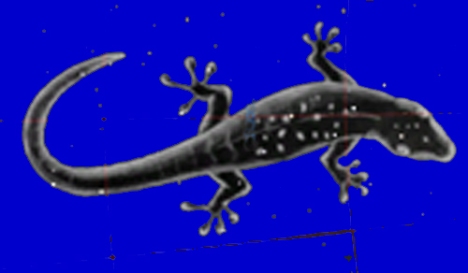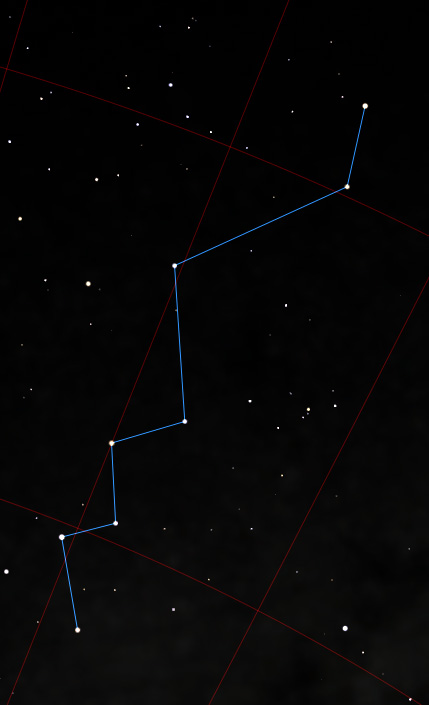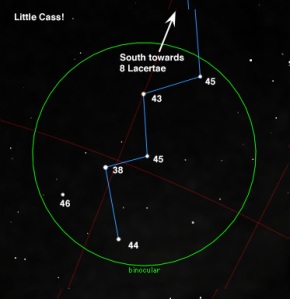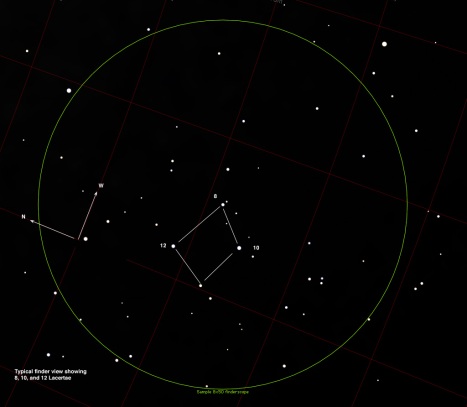Back in the golden era of the late nineteenth and early twentieth centuries, when astronomy began to grow rapidly in the United States and Europe, communication with other astronomers was a slow process — especially when it took place between continents. For example, S.W. Burnham (1838-1921) sent many of his first double star discoveries of the early 1870’s to Milan, Italy, where Baron Ercole Dembowski (1812-1881) then made the first measures of those stars and mailed them back to Burnham in Chicago — a cycle which frequently took most of a year and sometimes longer. Burnham also actively published in European journals, primarily Germany’s Astronomische Nachrichten and England’s MNRAS (Monthly Notices of the Royal Astronomical Society), as did other American astronomers. Many a list of observations or manuscripts were dropped into the mail accompanied by doubt as to when, or if, it would reach its destination. Patience and confidence were virtues that came with experience, some of it no doubt learned with difficulty.
Communication between continents in this day and age is of course much faster, although publication cycles haven’t changed all that much – a paper or article sent to a publication frequently takes six months or longer to see the light of day. But the era of the internet and email creates possibilities that astronomers of Burnham and Dembowski’s day never would have dared to contemplate.
I’ve spent most of the last year putting those tools to good use, which has resulted in numerous publications in the Journal of Double Star Observers (JDSO), the vast majority of which have been in collaboration with Dr. Wilfried Knapp of Vienna, Austria. Most of those publications concern the more challenging of the double stars discovered by Otto Wilhelm Struve, which is why the articles are all titled “STT Double Stars with Large Delta_M.”
Now it’s a basic fact of life that when you push yourself beyond your comfort zone, you learn and grow in ways you never anticipated. Put more concisely, if you don’t try, you’ll never know. That applies to observational astronomy as well – in fact, especially to observational astronomy. When I first cast eyes on the list of double stars to be examined for the STT project, my initial thought was most of the faint secondaries on the list were too difficult to separate from their much brighter primaries. The astronomical term which describes that challenging difference in magnitudes between the two stars is “delta_M (or Δ_M)”, and thus the title of the papers.
Reams of material has been published about the relation between magnitude differentials (delta_M) and aperture, and numerous attempts have been made to pin down more precisely what can be detected and what can’t with specific apertures and magnitude differences. Although they’re certainly well intended, I’ve never been a big fan of those efforts, primarily because there are so many variables involved. The ability and experience of the observer, the quality of the optics, the telescope type, atmospheric conditions, altitude – all of those factors play a role that can’t be easily converted to numbers. But there’s one variable which is frequently overlooked: the accuracy of the published magnitudes.
I suspect that last one may catch many observers by surprise. But the reality is that magnitudes don’t get near the attention in double star catalogs as do separations and position angles. In fact, it’s not at all unusual in the case of the older double star discoveries, such as those of Otto Struve, for the current published magnitudes of secondaries to be in error, chiefly because they’ve been carried over from older observations, if not the original observation.
That factor was at the heart of the STT double star project. Of the approximately one hundred STT double stars we observed and measured, roughly half of the secondaries had noticeable magnitude errors, some of which were quite significant. We took two approaches to this. One was an effort to estimate the magnitudes of the secondaries visually, using comparison stars where possible in order to arrive at our estimates. The results of those comparisons were inconsistent, primarily because the glare from the primaries over-powered the secondaries, which for the most part were visible only with averted vision. Attempting to hold an elusive and dim star in view with averted vision while at the same time latching onto a comparison star with the same eye is not an approach calculated to succeed every time. The other was a photographic approach in which Wilfried utilized the facilities of a remote telescope site to determine magnitudes, as well as to produce precise measures of separation and position angle. That approach proved to be quite accurate and dependable.
We produced a total of eight papers for the STT series, and as each is published our results are finding their way into the WDS, resulting in a very satisfying and rewarding project. I’ve listed the eight papers below, five of which have been published so far in the JDSO. I’ll add links to the remaining three as they’re published. There’s a lot of detail in each of these papers, but the heart of them lies in the two tables near the end, one of which summarize the magnitude findings, and the other which summarizes the separation and position angle measures.
In addition to the STT pairs covered in the JDSO papers, there were another fourteen that didn’t find their way into publication because of other projects, so I’ve decided to cover my observations of that group in the next few Star Splitter posts. Those stars are located in Cepheus, Lacerta, and Lynx. Each of the pieces will be oriented more toward observation than the papers are, so stay tuned for a few star-hopping adventures that will provide you with a chance to test your observational talent and hopefully raise your averted vision skills a parsec or two.
JDSO Articles :
STT Doubles with Large Δ M – Part I: Gem (with Steve Smith)
STT Doubles with Large Δ M – Part II: Leo and UMa (with Steve Smith)
STT Doubles with Large Δ M – Part III: Vir, Ser, Com, CrB, and Boo
STT Doubles with Large Δ M – Part IV: Ophiuchus and Hercules
STT Doubles with Large Δ M – Part V: Aquila, Delphinus, Cygnus, Aquarius
STT Doubles with Large Δ M – Part VI: Cyg Multiples
STT Doubles with Large Δ M – Part VII: And, Psc, Aur
STT Doubles with Large Δ M – Part VIII: Tau, Per, Ori, Cam, Mon, Cnc, Peg
Filed under: Uncategorized | 6 Comments »












